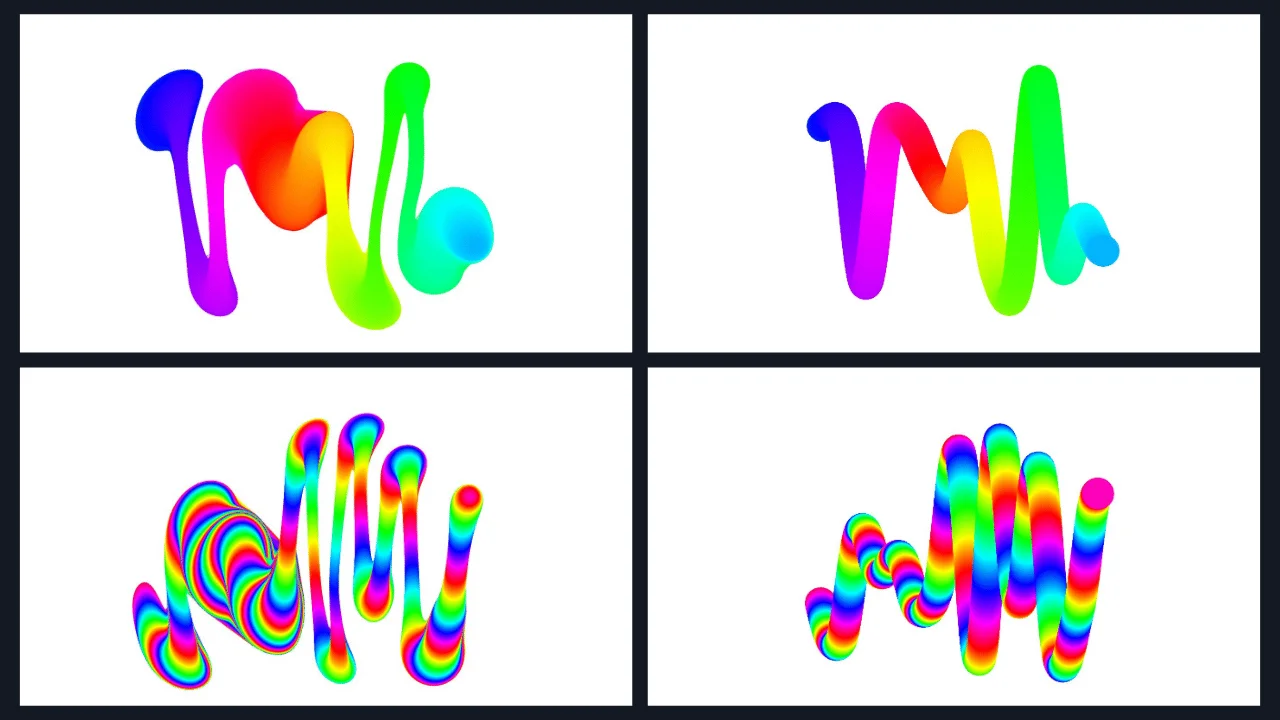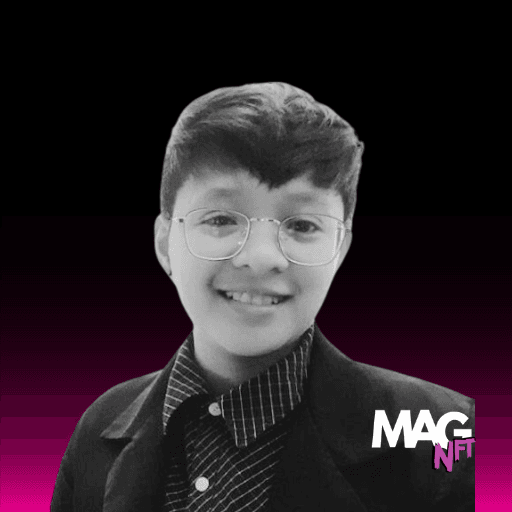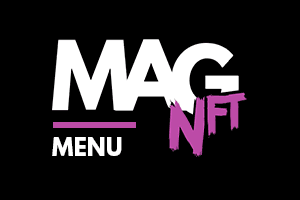London-based Cameroonian artist and developer Junior Ngoma, known as Fingacode, has modified the Chromie algorithm, allowing changes to existing generative artworks.
In a post on X, he stated that he had rewritten part of the algorithm to enable the “remixing” of outputs whilst using existing hashes.
Generative art relies on predefined algorithms and randomised inputs, meaning that once a piece is generated, it remains unchanged. Fingacode’s modifications challenge this idea by demonstrating that code-based artworks may be revisited and adjusted.

Who is Fingacode?
Fingacode is a developer and digital artist working with visual, audio, and interactive technologies. He creates generative artworks using Touch Designer and explores the intersection of technology and creativity, often incorporating dynamic, algorithm-driven elements.
He studied Interactive Media at Leeds City College before working in creative development roles across different sectors. In 2022, he held a solo exhibition in New York at the NYSCC at Alfred University.
Alongside traditional art installations, he has been active in the NFT space, producing and commercialising digital artworks.

What is the ‘Chromie Algorithm’?
The Chromie algorithm referenced by Fingacode refers to Chromie Squiggles, a generative art project by Erick Calderon (Snowfro) that is a key part of the Art Blocks platform. Chromie Squiggles are produced through algorithmic code, with each piece generated from a unique hash that determines its final form.
Typically, generative artworks are considered permanent once they are minted, as their defining characteristics are encoded in a blockchain-based smart contract.
Fingacode’s modification suggests that the underlying code can be adjusted to allow for revisions or reinterpretations of these works. Whether this approach gains wider acceptance or is seen as a deviation from the principles of generative art remains to be seen.

Blockchain evangelist. Content creator & graphic design hobbyist. Loves gaming!






